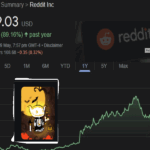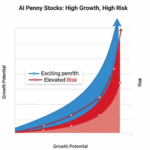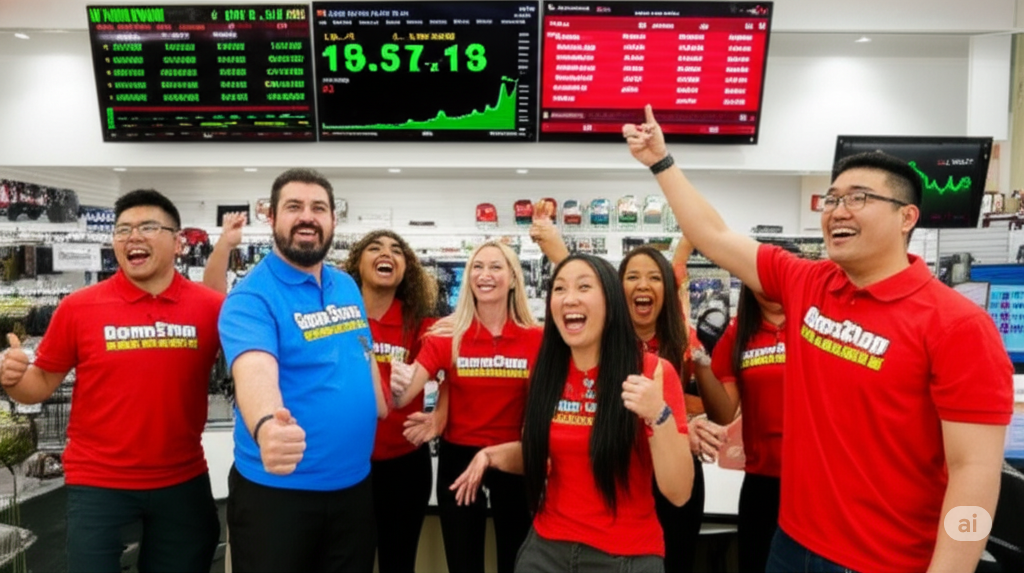No More Excuses: Lessons from China’s Scale and Singapore’s Scarcity
If a nation is determined to stay underdeveloped, the simplest way is to keep telling itself that its people’s talents are worthless. There’s always a comfortable excuse for doing nothing. But here’s the truth: if nothing changes, nothing changes. That mindset doesn’t just hold individuals back — it anchors entire nations in place.
- RDDT Stock: Decoding Drivers Ahead of Russell 3000 Inclusion

- Bitcoin Boosts GameStop’s Treasury by $500M

- GameStop Eyes Bitcoin: $1.5B Funding Move Signals Strategic Shift

- Bitcoin Surges to Record Near $110K Amid Wall Street Adoption and Political Support

- Best AI Penny Stocks: High-Risk, High-Reward Investment Opportunities

Throughout history, countries that have emerged from deep economic, social, and political crises have had one thing in common: They abandoned the “woe is me” mentality and chose to act with purpose.
China is often referenced as a success story, and rightly so. Since the late 1970s, under the leadership of Deng Xiaoping, China transitioned from widespread poverty to global economic powerhouse status. But skeptics argue, “China is massive. It has abundant resources and a huge population. That model doesn’t apply to us.”
Fine. Then let’s look at Singapore.
This tiny island nation — about the size of St. Thomas parish — has no significant natural resources. In the 1960s, Singapore was plagued with poverty, racial tension, riots, corruption, and disease. It had every reason to fail.
Yet by 2024, Singapore’s nominal GDP per capita stood at US$89,369.71, and US$104,127 when adjusted for purchasing power parity. It is now ranked among the world’s least corrupt nations, boasting top-tier infrastructure and a high quality of life.
How did they do it? Through the visionary leadership of Lee Kuan Yew and a team of pragmatic, patriotic reformers. They chose to maximize what they did have — their people. Education became a national obsession, especially in science, technology, engineering, and math. English was adopted as the working language. In 1960, adult literacy was just 52.6%. Today, Singapore ranks among the world’s top performers in literacy, numeracy, science, and even creative thinking, according to the OECD.
Deng Xiaoping himself is believed to have studied Singapore’s model and adapted it to fit China’s unique scale.
So yes, China and Singapore are very different — one vast and resource-rich, the other small and resource-poor. But their paths to progress shared the same foundation: a refusal to accept defeat, an embrace of discipline, and a deep belief in the power of human potential.
To dismiss both examples is to admit we’re more interested in excuses than change.












